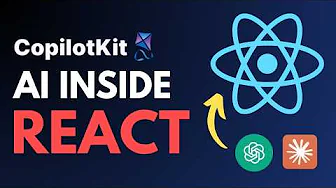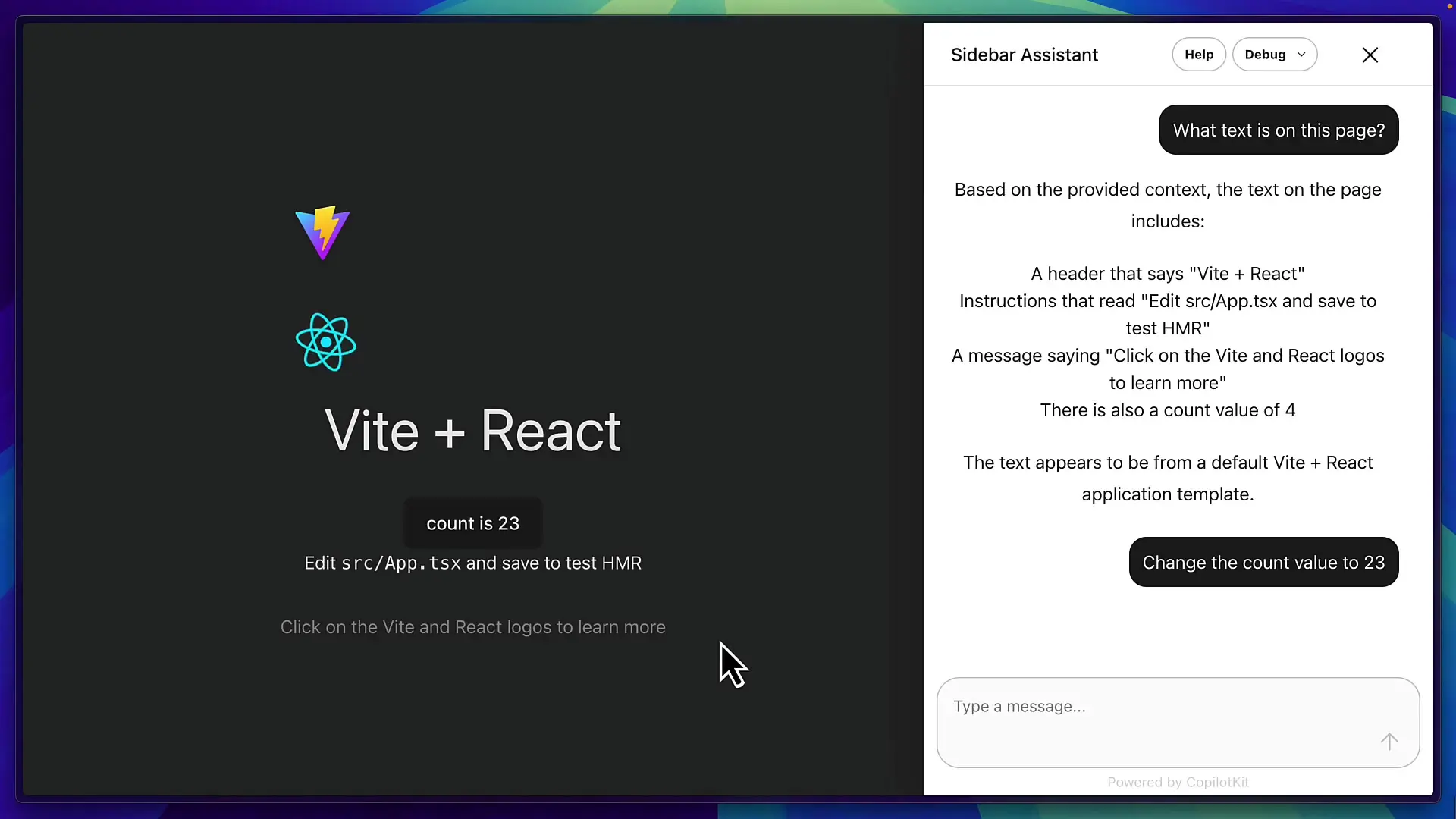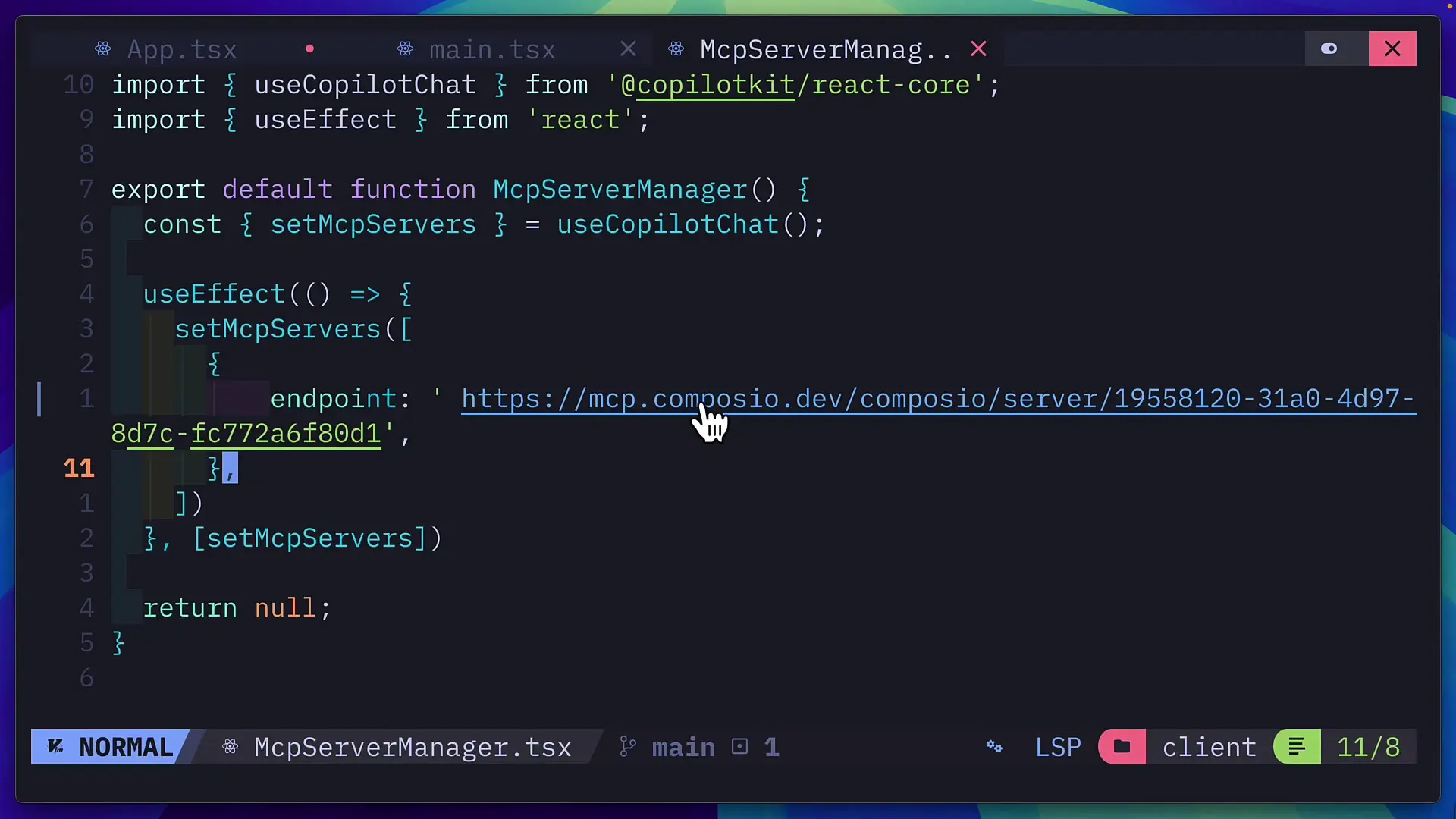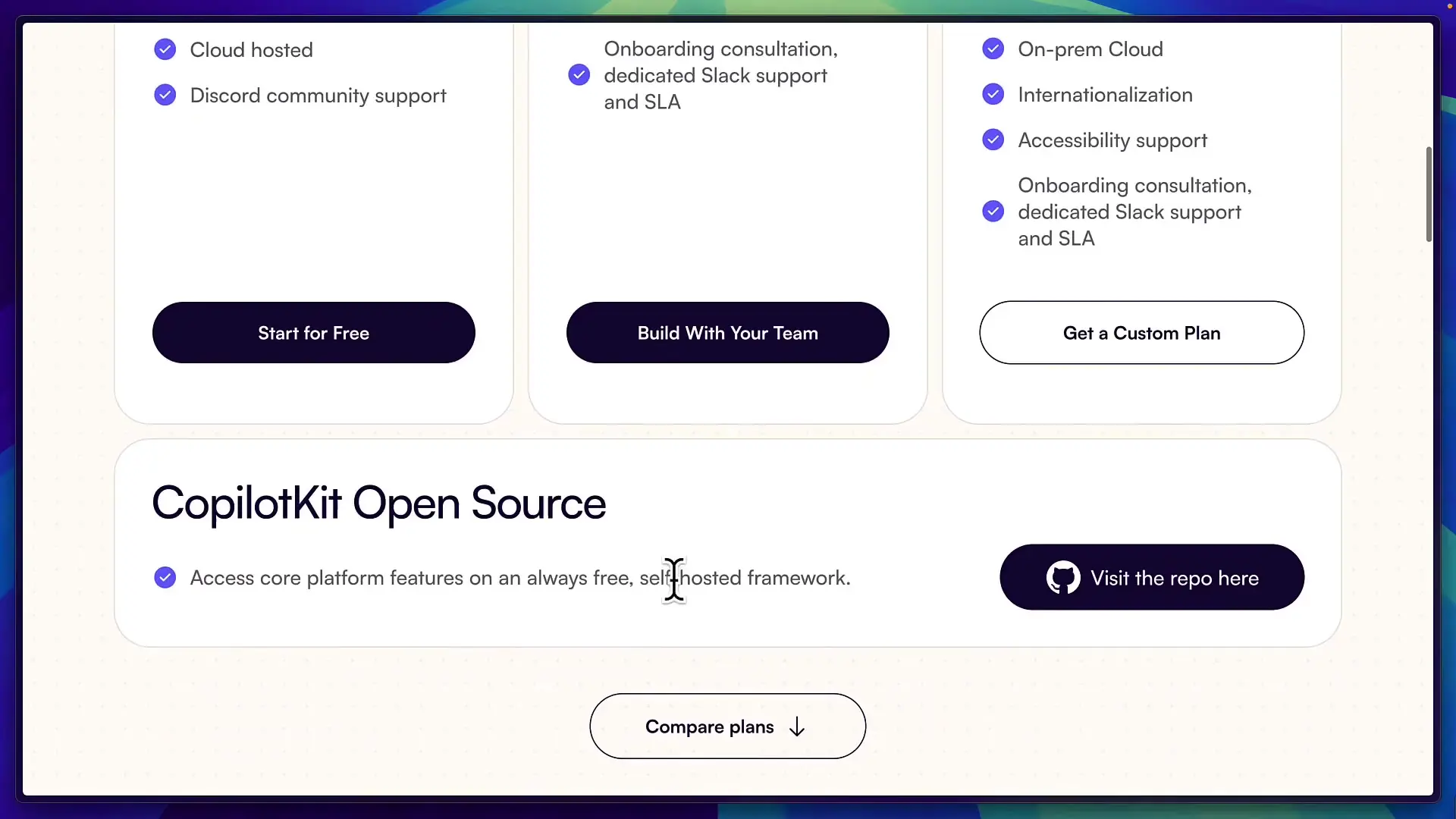
Artificial intelligence is revolutionizing frontend development, allowing React applications to become smarter and more interactive. With the right tools, you can now add AI capabilities to your React apps without building complex backends or having deep expertise in machine learning. In this guide, we'll explore how to use Copilot Kit to give your React applications AI superpowers that can read data, manipulate components, provide AI-powered suggestions, and even leverage MCP (Model Context Protocol) support.
What is Copilot Kit and Why Use It for React AI Integration?
Copilot Kit is a powerful tool that works with any React application or React-based framework like Next.js. It provides a straightforward API that makes integrating AI capabilities into your React projects significantly easier than building custom solutions. The best part? It's completely free if you're self-hosting it, making it accessible for developers at any level.
With Copilot Kit, your React applications can gain impressive AI capabilities:
- Reading and understanding data directly from your app
- Manipulating app components and state based on natural language commands
- Providing AI-powered suggestions through an integrated chat interface
- Connecting to external services via MCP (Model Context Protocol) support

Setting Up Copilot Kit in Your React Application
Let's walk through the process of integrating Copilot Kit into a basic React application. For this example, we'll use a simple Vite React starter template and transform it into an AI-powered application.
Step 1: Creating a Backend Runtime Endpoint
First, you'll need to set up a simple Express server that acts as a runtime endpoint to handle requests between your frontend and the language model. This server will process the AI requests and communicate with models like Anthropic's Claude.
// server.js
const express = require('express');
const { createExpressMiddleware } = require('@copilot-kit/backend-express');
const app = express();
// Set up Copilot Kit middleware
app.use('/api/copilot', createExpressMiddleware({
apiKey: process.env.ANTHROPIC_API_KEY, // Your Anthropic API key
model: 'claude-3-opus-20240229' // Or your preferred model
}));
app.listen(4000, () => {
console.log('Copilot backend server running on port 4000');
});Step 2: Setting Up the Frontend Chat Interface
Next, you'll need to create a chat interface component in your React application. This component will serve as the primary way users interact with the AI capabilities.
// ChatInterface.jsx
import { CopilotKit, useCopilotChat } from '@copilot-kit/react-core';
import { CopilotSidebar } from '@copilot-kit/react-ui';
const ChatInterface = ({ children }) => {
const { copilotChat } = useCopilotChat({
endpoint: 'http://localhost:4000/api/copilot',
tools: [] // We'll add tools later
});
return (
<CopilotKit>
<div className="app-container">
{children}
<CopilotSidebar
title="AI Assistant"
instructions="I'm your AI assistant. I can read data from this app and help you interact with it."
/>
</div>
</CopilotKit>
);
};
export default ChatInterface;
Step 3: Making App Data Available to the AI
For the AI to read and understand your application's data, you need to make that data available to it. Copilot Kit provides hooks that allow you to expose specific data from your application to the AI model.
// App.jsx
import { useState } from 'react';
import { useCopilotContext } from '@copilot-kit/react-core';
function App() {
const [count, setCount] = useState(0);
// Make app data available to the AI
useCopilotContext({
pageInfo: {
title: 'React Counter App',
description: 'A simple counter application with AI capabilities',
elements: [
{ type: 'header', content: 'Welcome to React with AI' },
{ type: 'instruction', content: 'Click the button to increment the counter' },
{ type: 'counter', value: count }
]
}
});
return (
<div className="app">
<h1>Welcome to React with AI</h1>
<p>Click the button to increment the counter</p>
<button onClick={() => setCount(count + 1)}>
Count is: {count}
</button>
</div>
);
}Step 4: Enabling AI Actions to Manipulate Your App
One of the most powerful features of Copilot Kit is the ability to let the AI manipulate your application. This is done by defining actions that the AI can trigger based on user requests.
// App.jsx with actions
import { useState } from 'react';
import { useCopilotContext, useCopilotAction } from '@copilot-kit/react-core';
function App() {
const [count, setCount] = useState(0);
// Make app data available to the AI
useCopilotContext({
pageInfo: { /* ... same as before ... */ }
});
// Define actions the AI can perform
useCopilotAction({
name: 'setCounterValue',
description: 'Set the counter to a specific value',
parameters: [
{
name: 'value',
type: 'number',
description: 'The value to set the counter to'
}
],
handler: ({ value }) => {
setCount(Number(value));
return `Counter value set to ${value}`;
}
});
// Rest of component remains the same
return ( /* ... same as before ... */ );
}Step 5: Adding MCP Support for External Services
Model Context Protocol (MCP) support allows your AI assistant to interact with external services. While this is more complex to set up for self-hosted solutions, it greatly expands what your AI assistant can do.
// server.js with MCP support
const express = require('express');
const { createExpressMiddleware } = require('@copilot-kit/backend-express');
const { createMcpClient } = require('@copilot-kit/mcp-client');
const app = express();
// Create MCP client
const mcpClient = createMcpClient({
transport: {
type: 'server-sent-events',
config: { /* SSE configuration */ }
}
});
// Set up Copilot Kit middleware with MCP support
app.use('/api/copilot', createExpressMiddleware({
apiKey: process.env.ANTHROPIC_API_KEY,
model: 'claude-3-opus-20240229',
mcpClient
}));
app.listen(4000, () => {
console.log('Copilot backend server running on port 4000');
});
Practical Applications of AI in React Apps
Now that you understand how to implement Copilot Kit in your React applications, let's explore some practical use cases:
- Analytics dashboards that respond to natural language queries about data
- Travel booking sites that can create itineraries based on conversational input
- Email clients that automatically categorize and prioritize messages
- Productivity apps that can create Spotify playlists or organize tasks based on verbal commands
- Content management systems with AI-powered content suggestions and editing capabilities
- E-commerce platforms with personalized shopping assistants
Advanced Features and Considerations
Copilot Kit offers several advanced features that weren't covered in our basic implementation:
- Suggestions and predictive text areas for form inputs
- Persistent chats through local storage
- Custom UI elements rendered directly in the chat interface
- Integration with various LLMs beyond Anthropic's Claude
While implementing Copilot Kit, you might encounter some challenges, particularly when setting up self-hosted MCP support. The configuration of transport mechanisms can be tricky, and you may need to experiment with different approaches depending on your specific requirements.
Conclusion: The Future of React AI Integration
Copilot Kit represents a significant step forward in making AI capabilities accessible to React developers. By following the steps outlined in this guide, you can transform ordinary React applications into intelligent assistants that understand and interact with your application's data and functionality.
As AI technology continues to evolve, we can expect tools like Copilot Kit to become even more powerful and easier to implement. The ability to add AI capabilities to frontend applications without complex backend infrastructure opens up exciting possibilities for developers of all skill levels.
Whether you're building a simple personal project or a complex enterprise application, consider how AI integration could enhance your user experience and provide new ways for users to interact with your React applications.
Let's Watch!
Transform Your React App with AI: How to Add Copilot Features in 5 Steps
Ready to enhance your neural network?
Access our quantum knowledge cores and upgrade your programming abilities.
Initialize Training Sequence